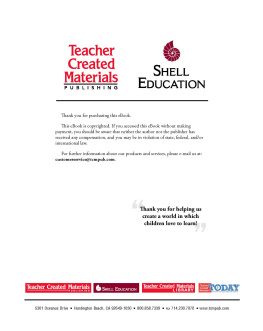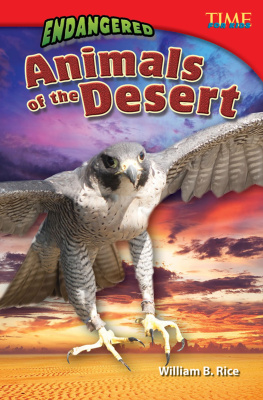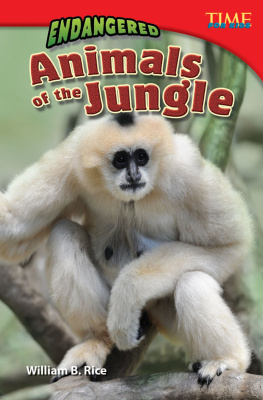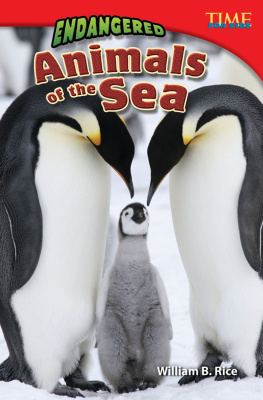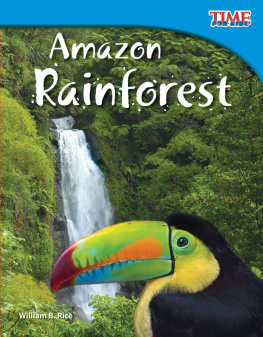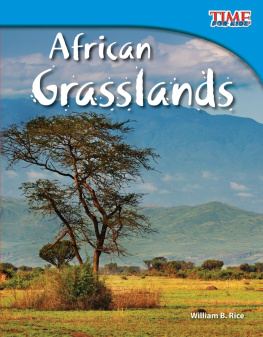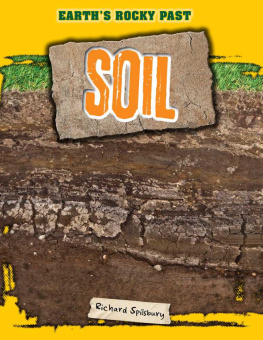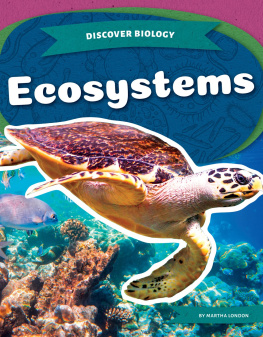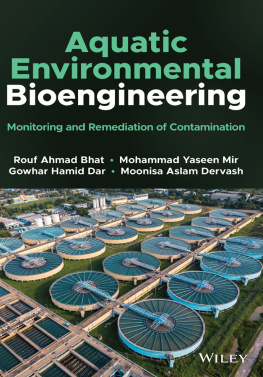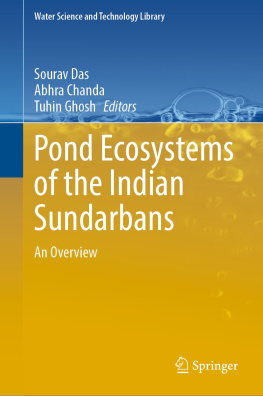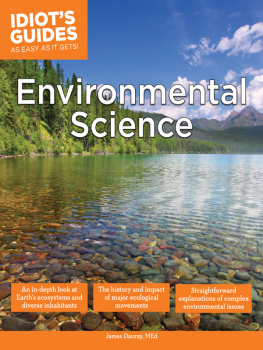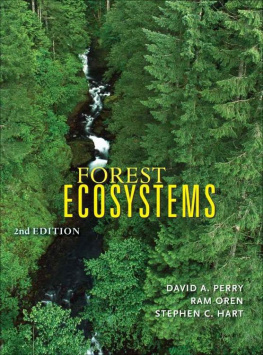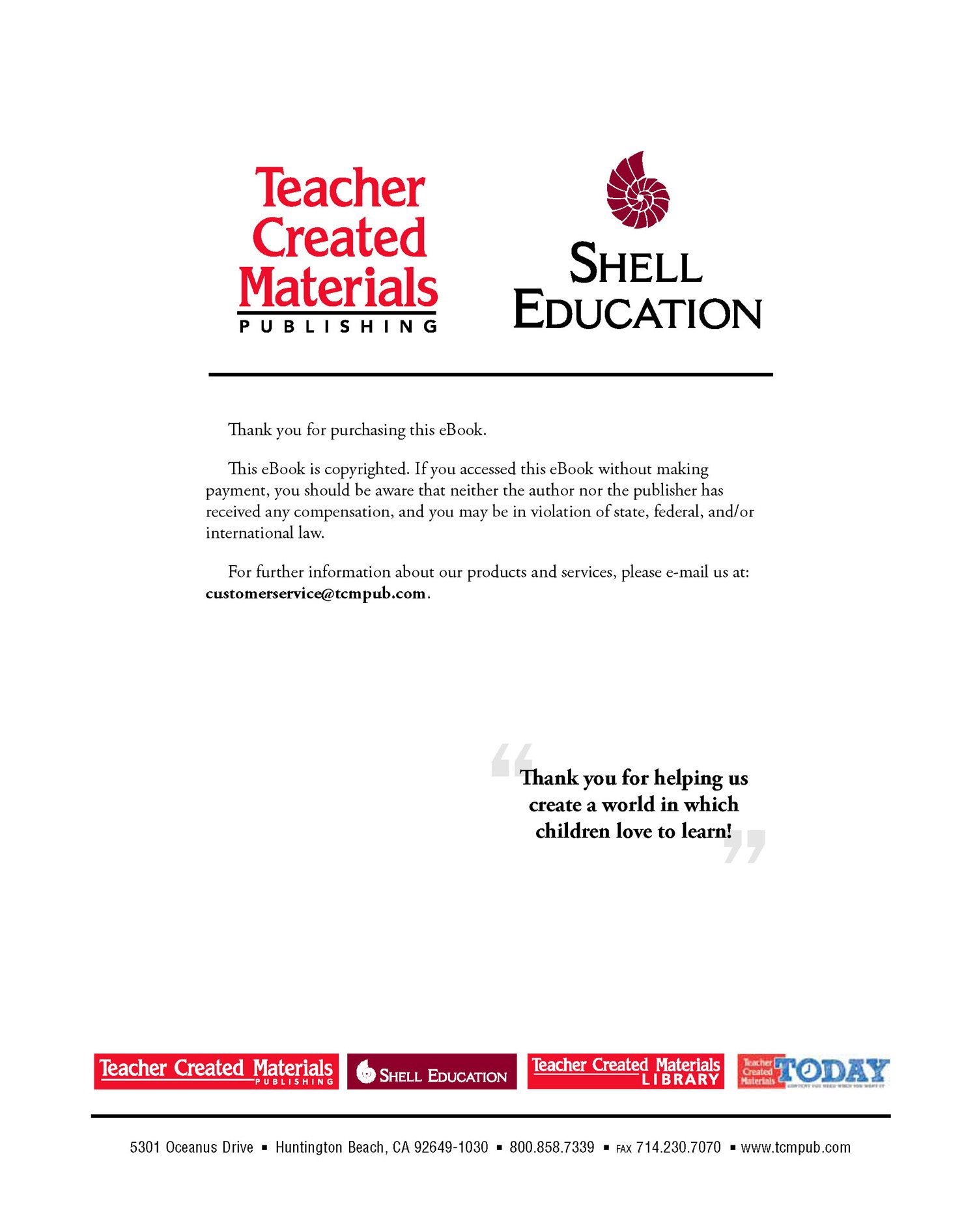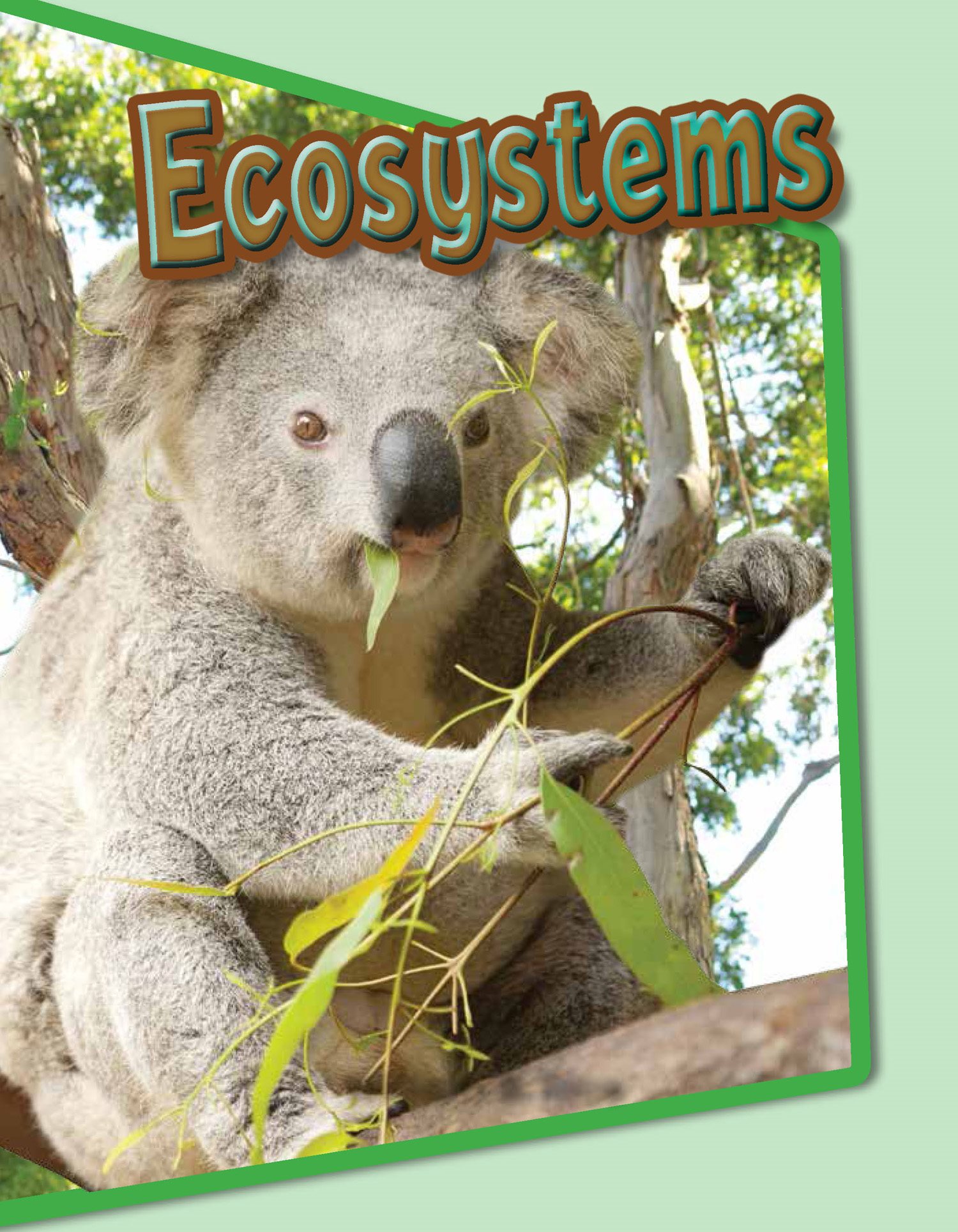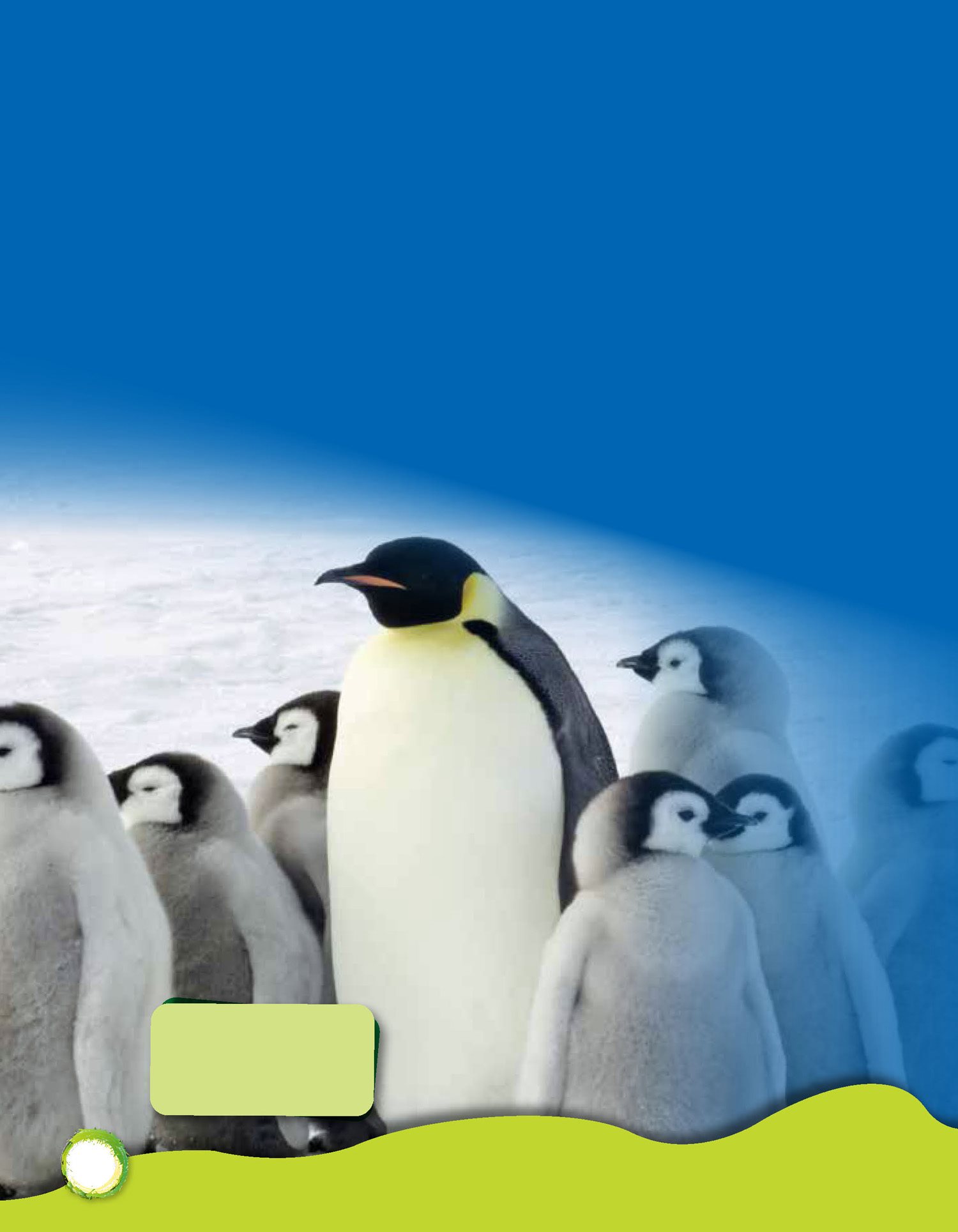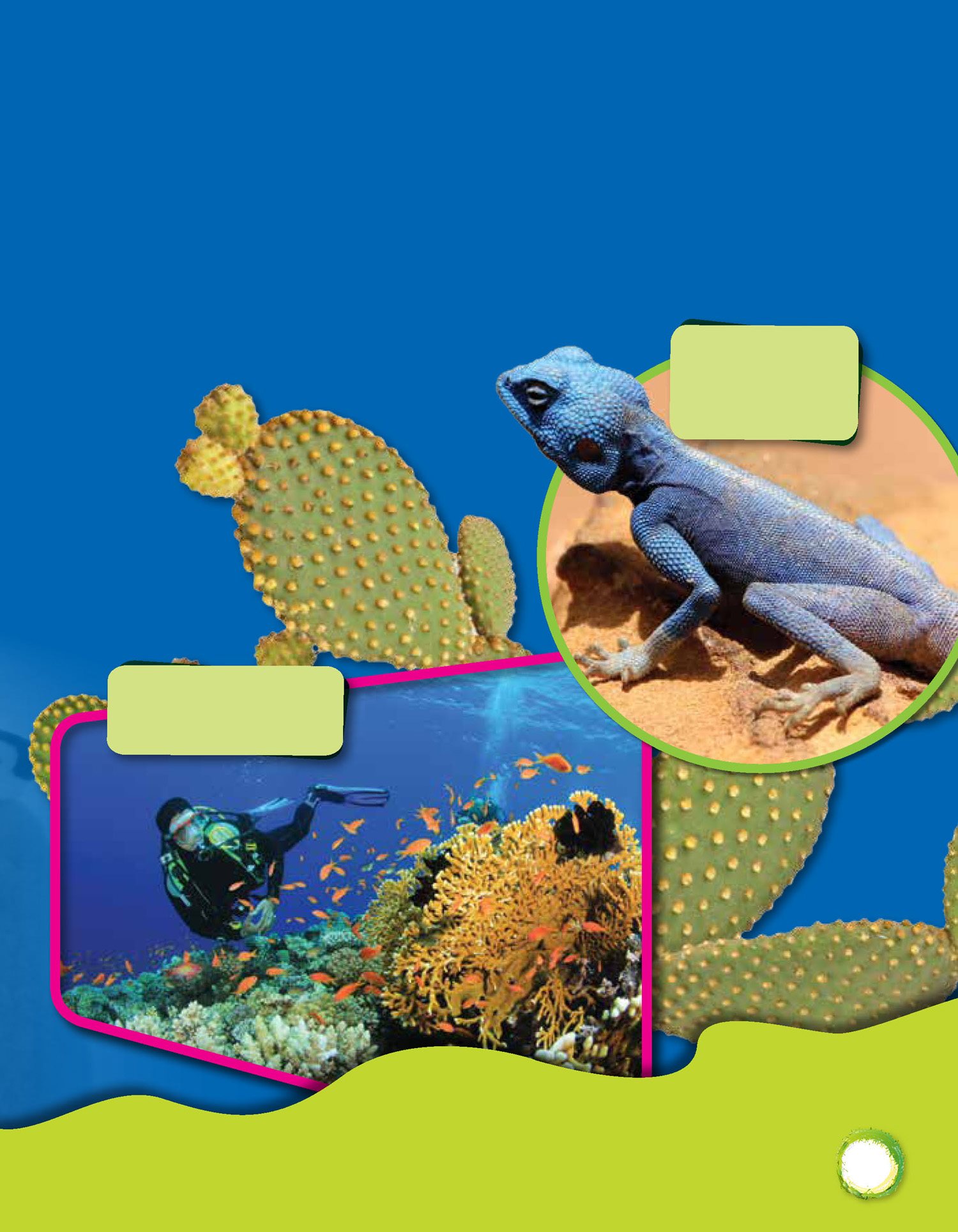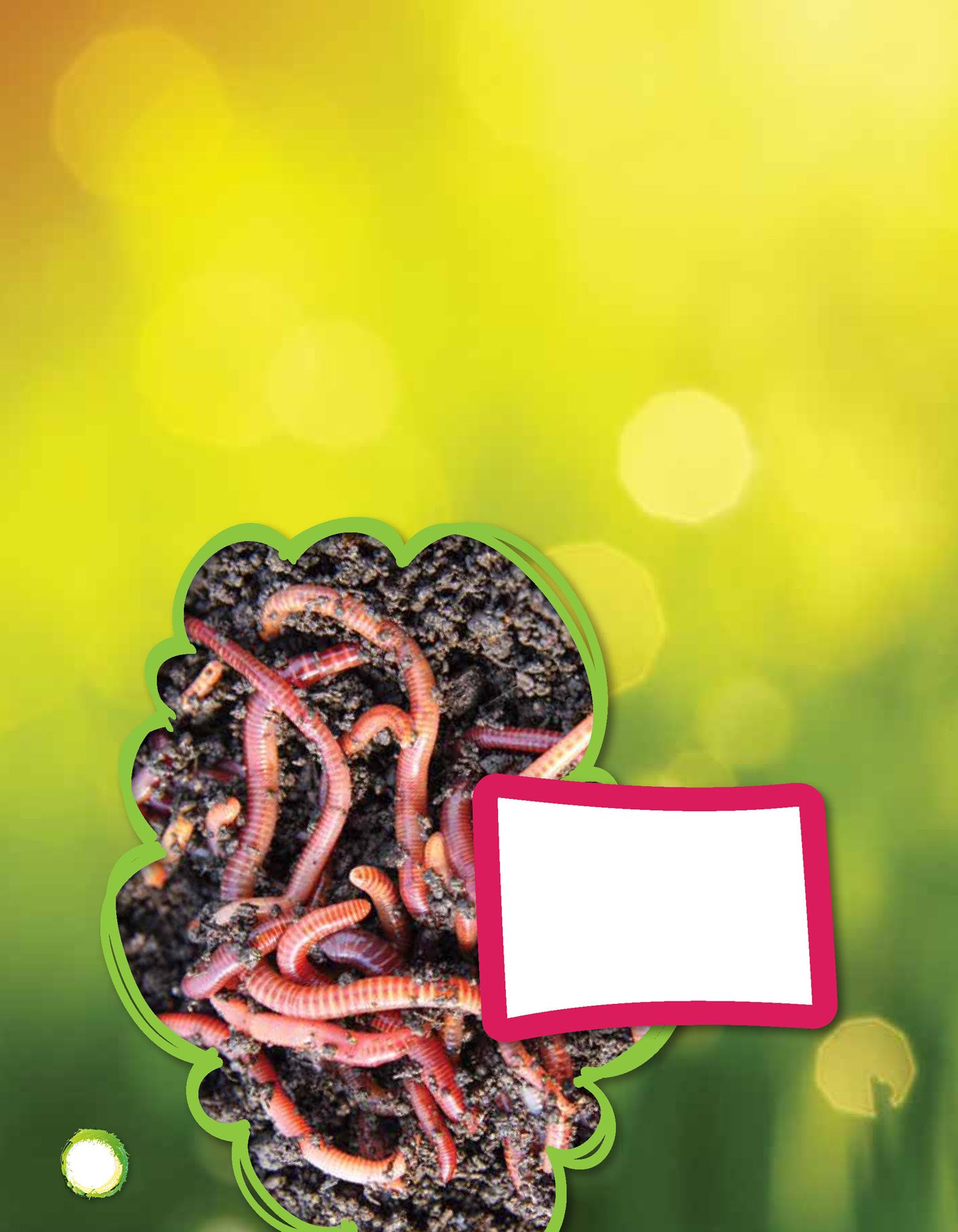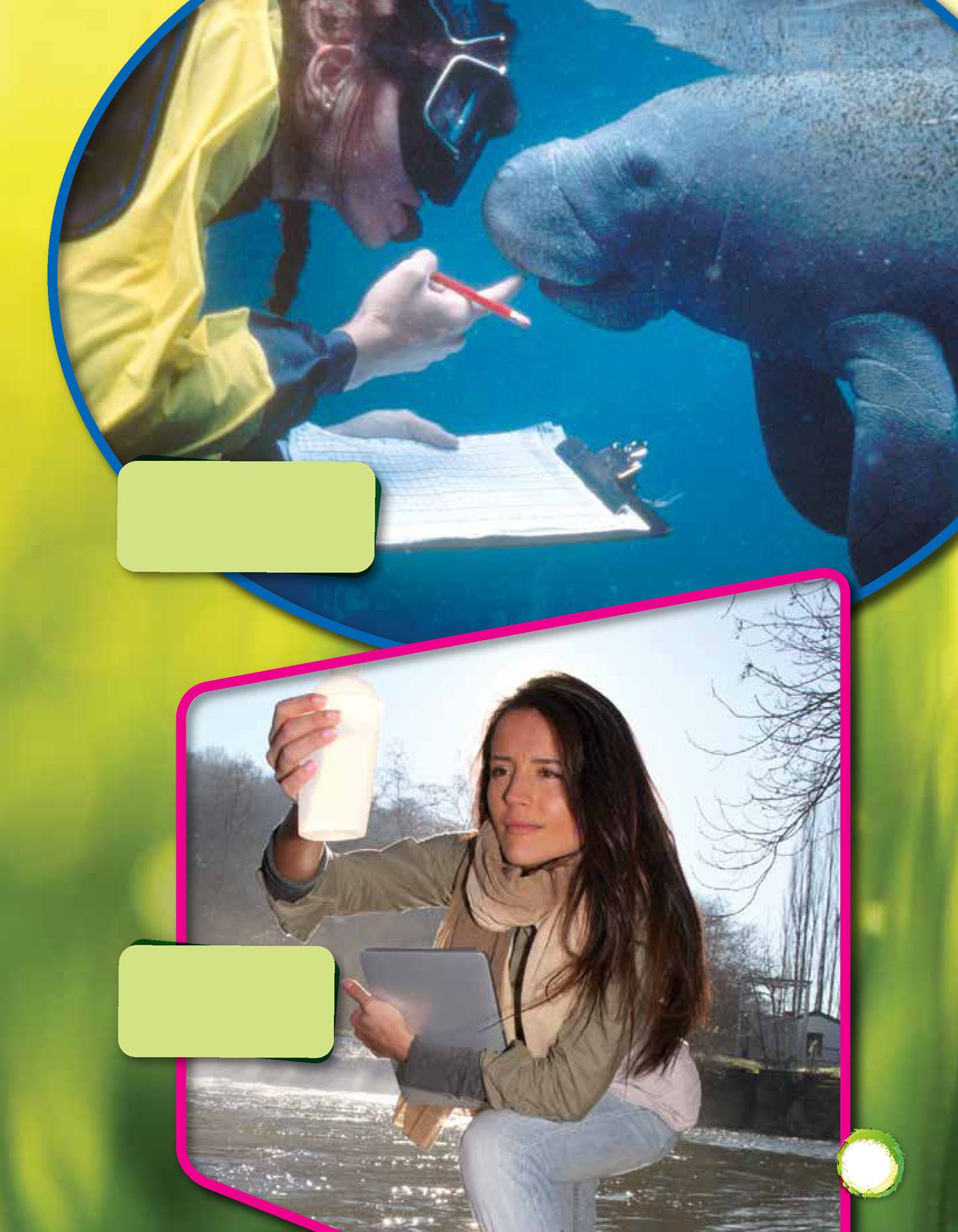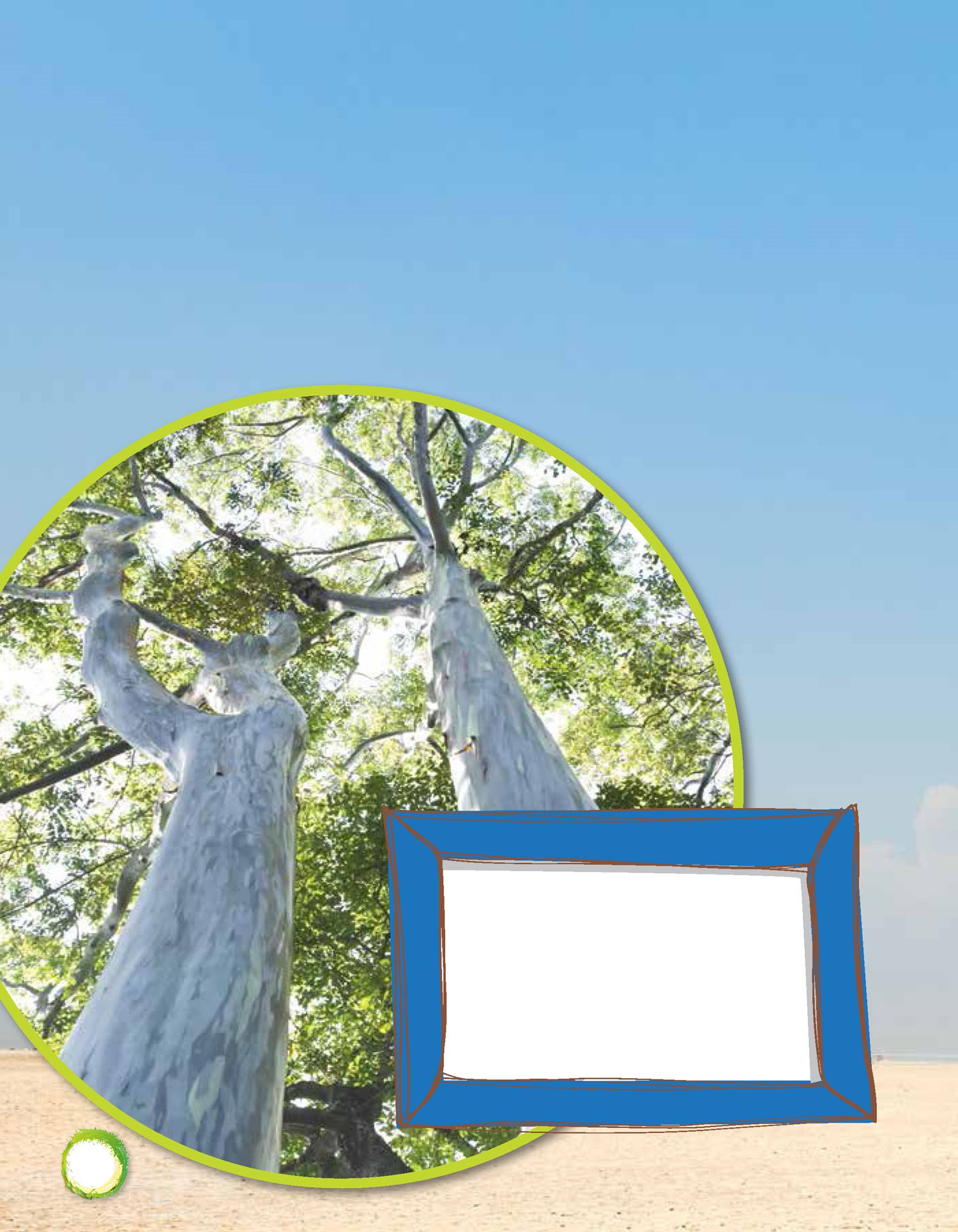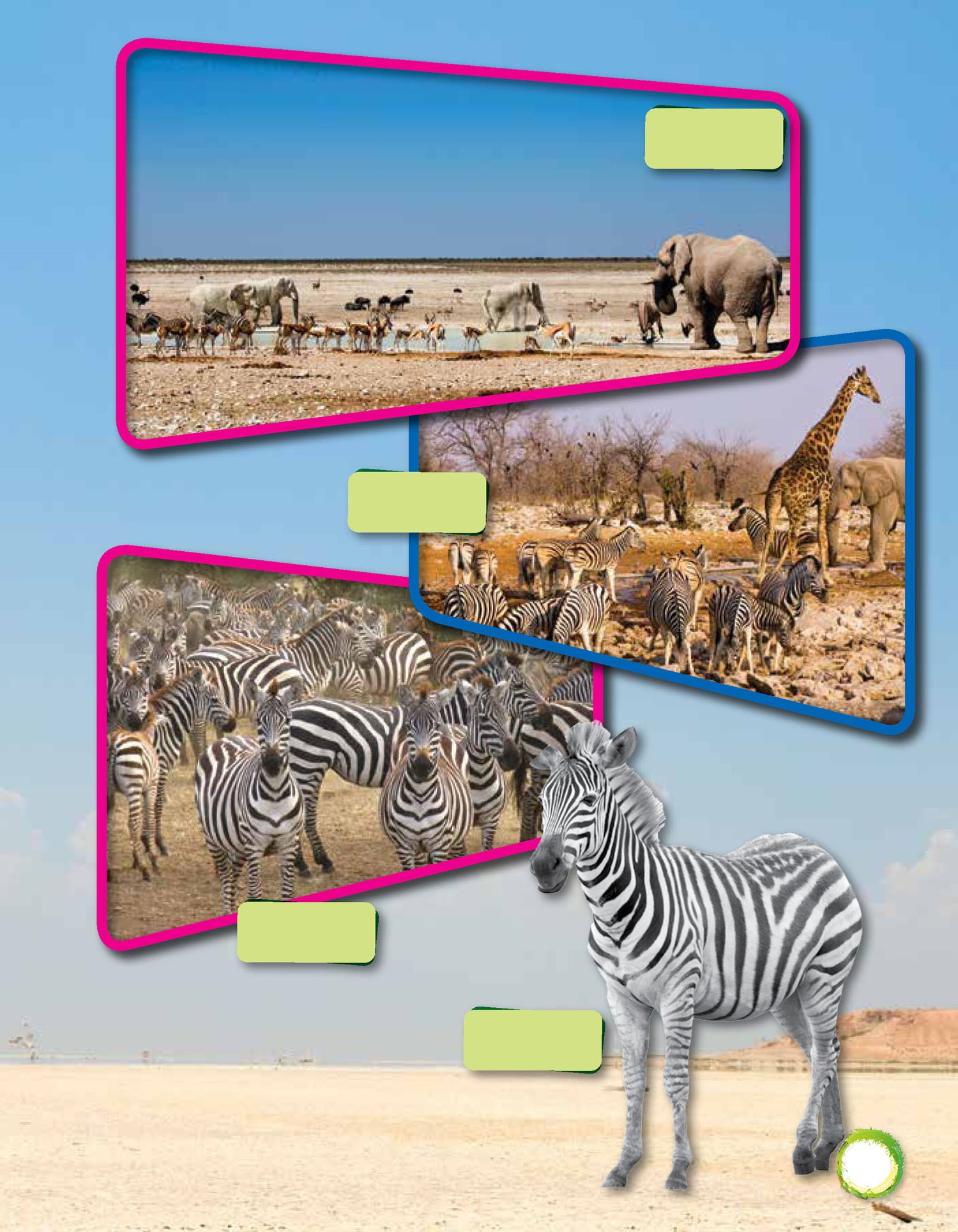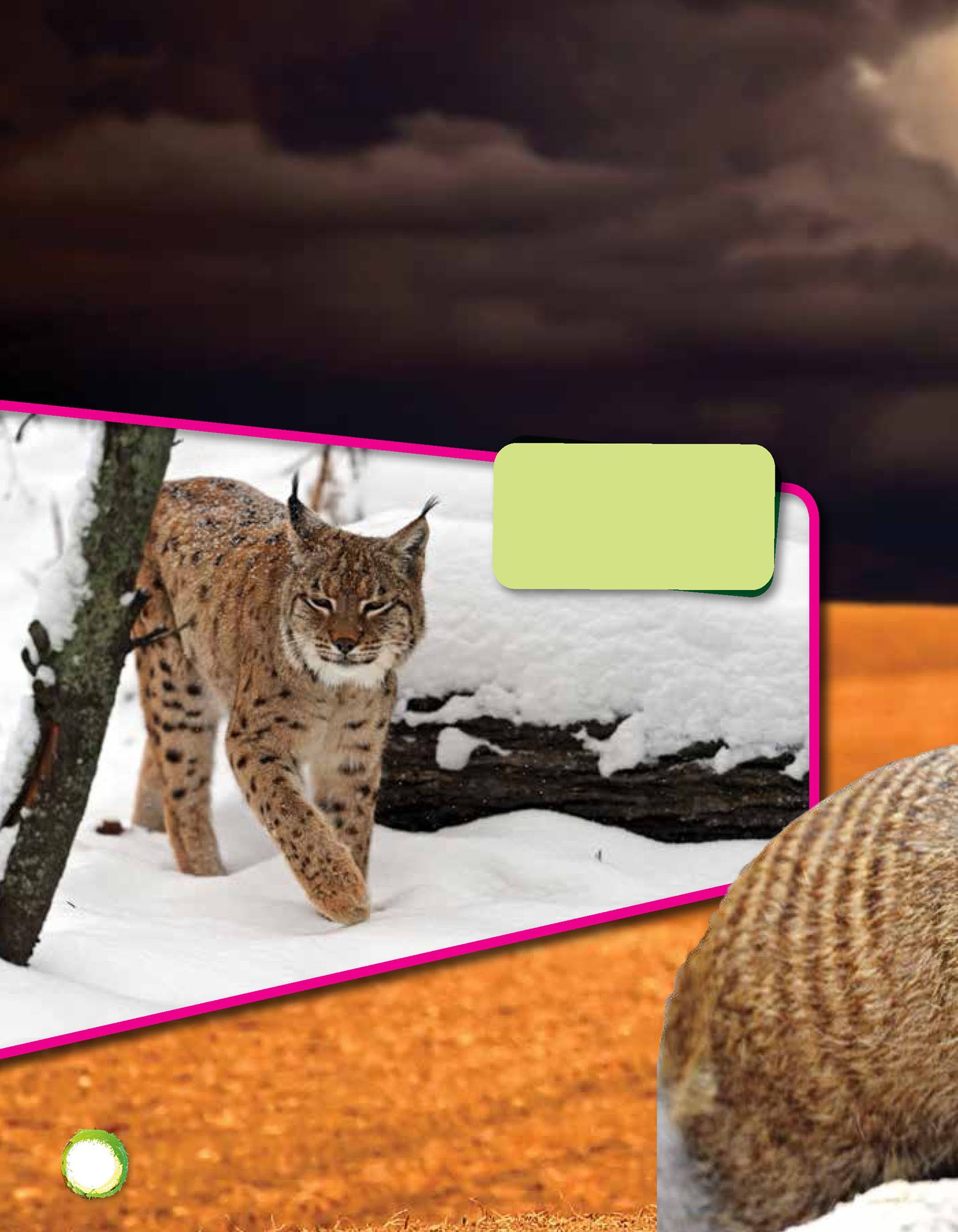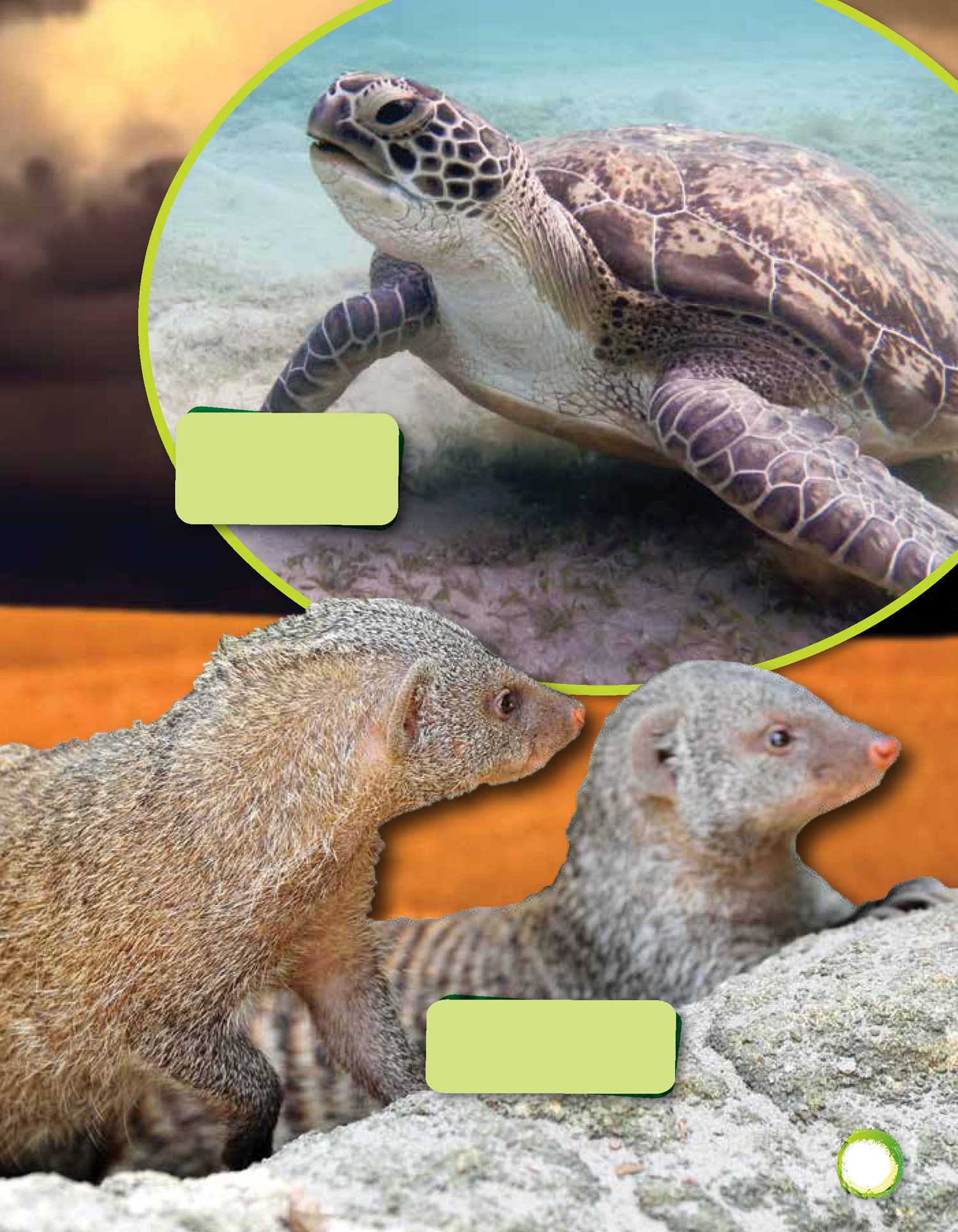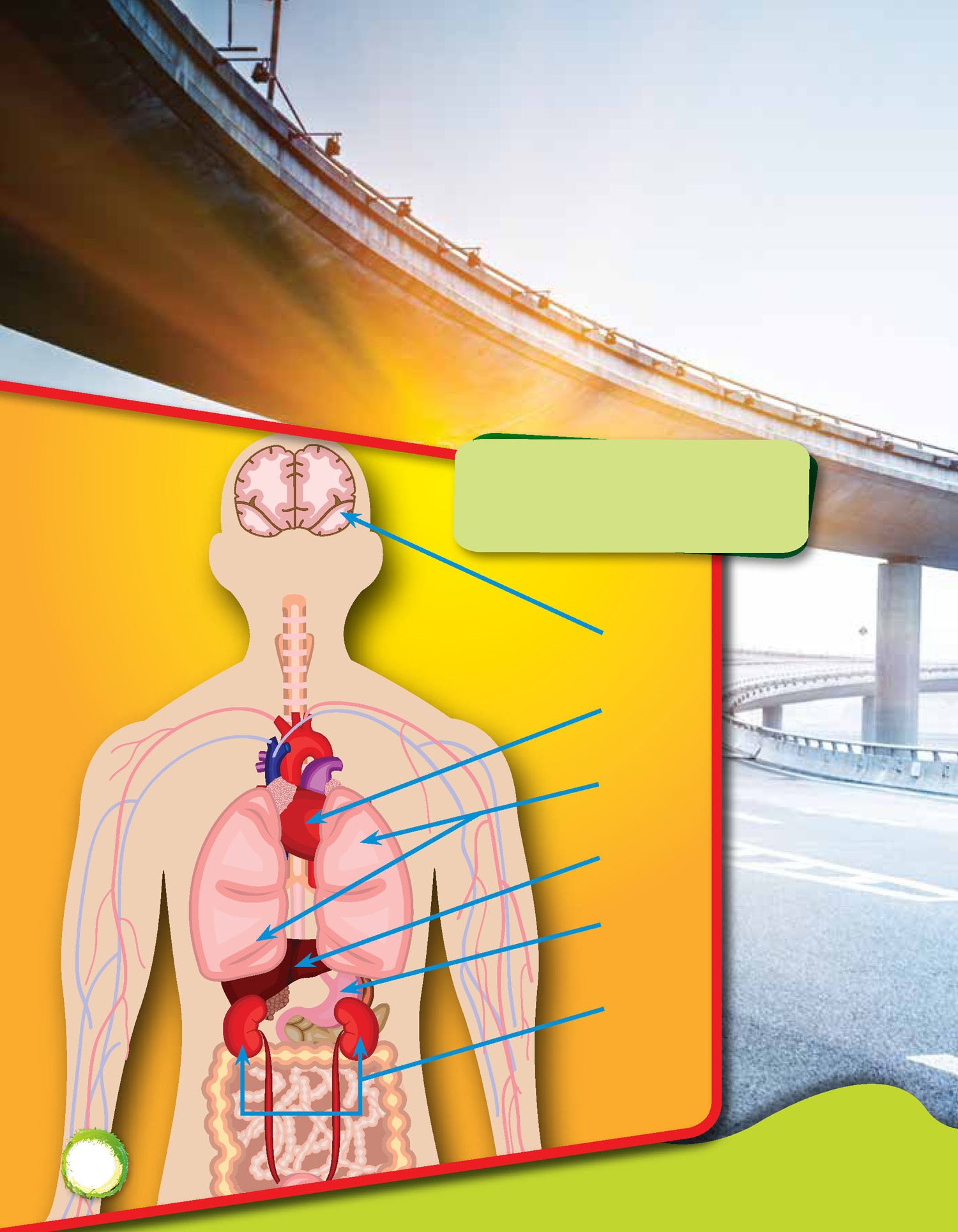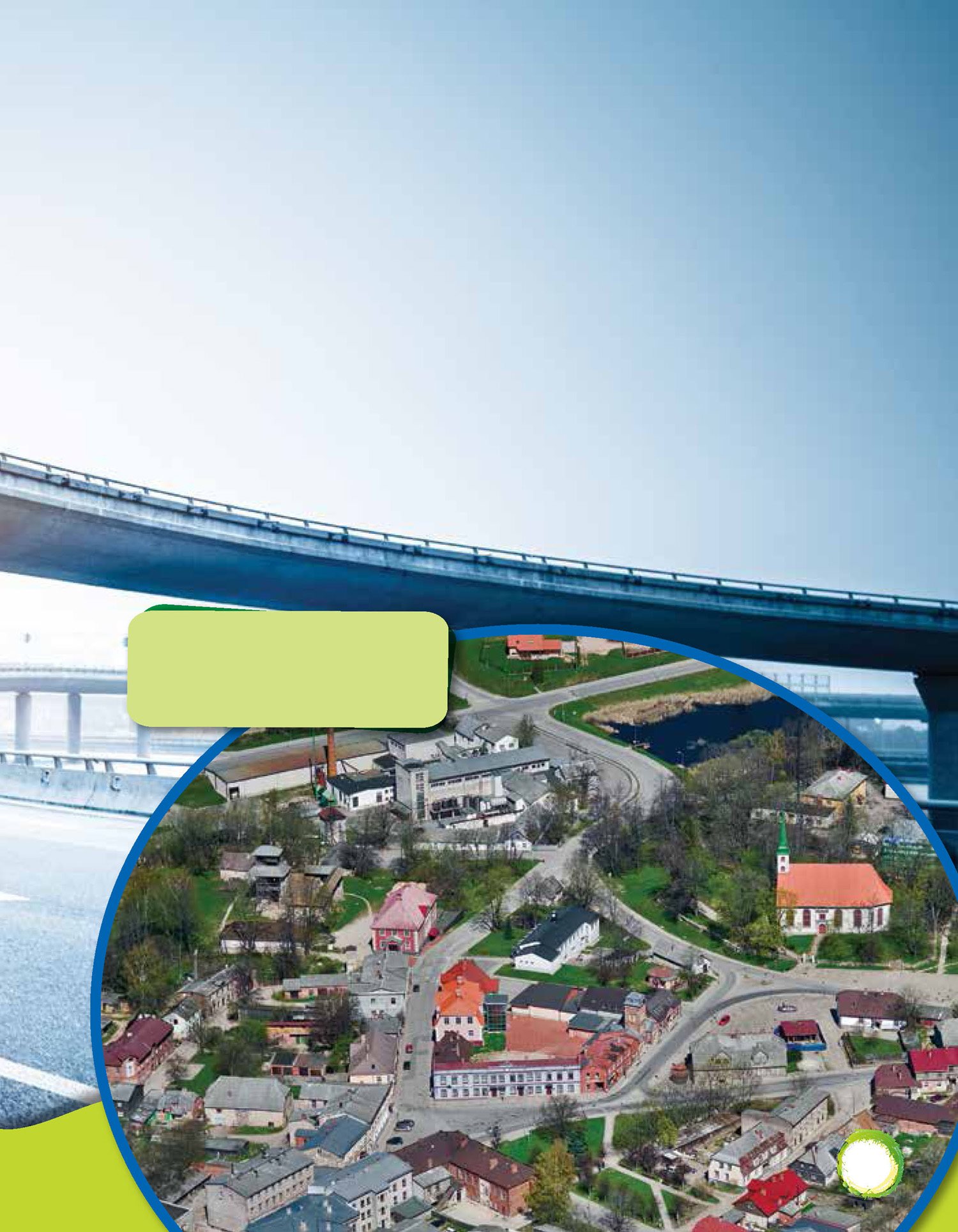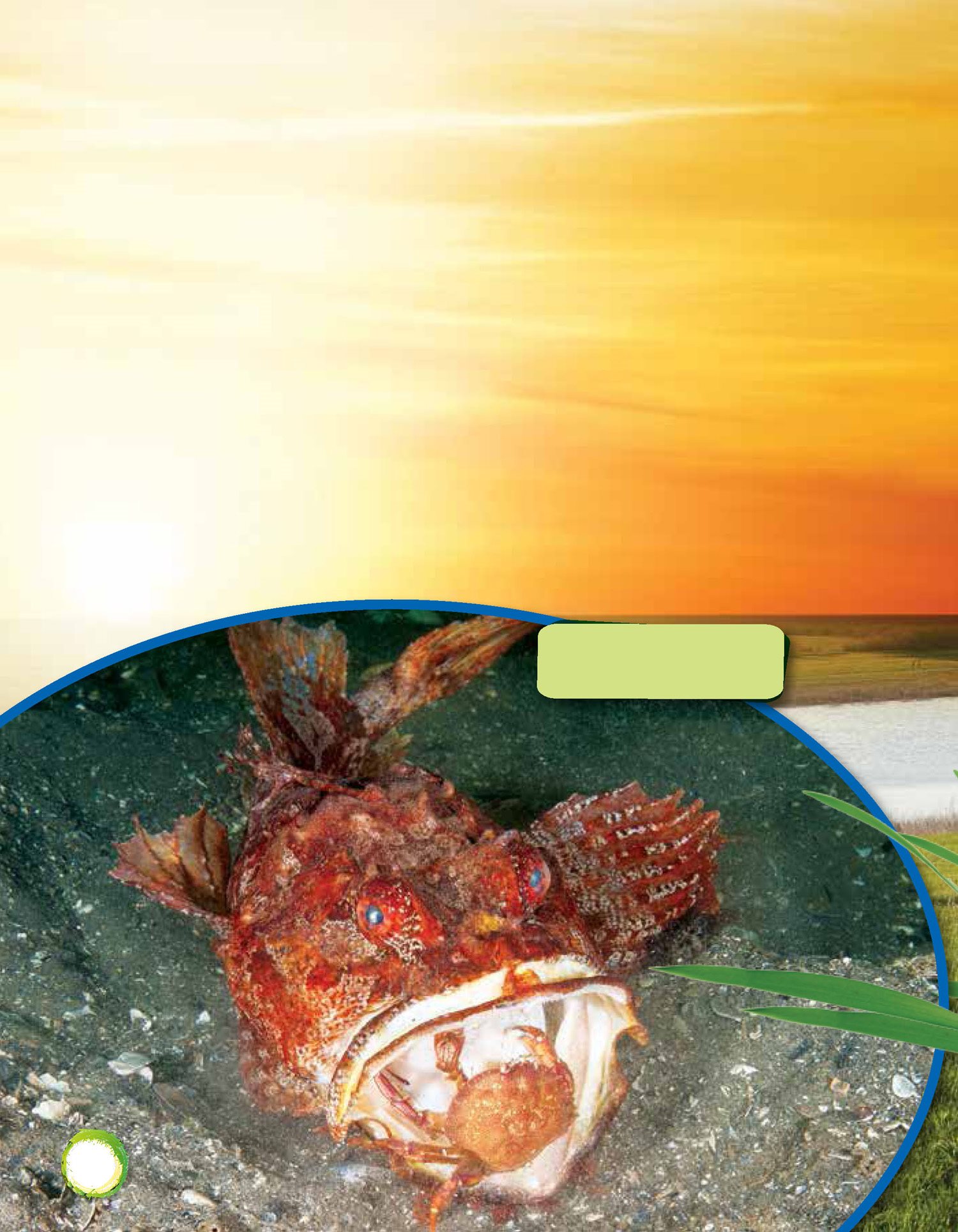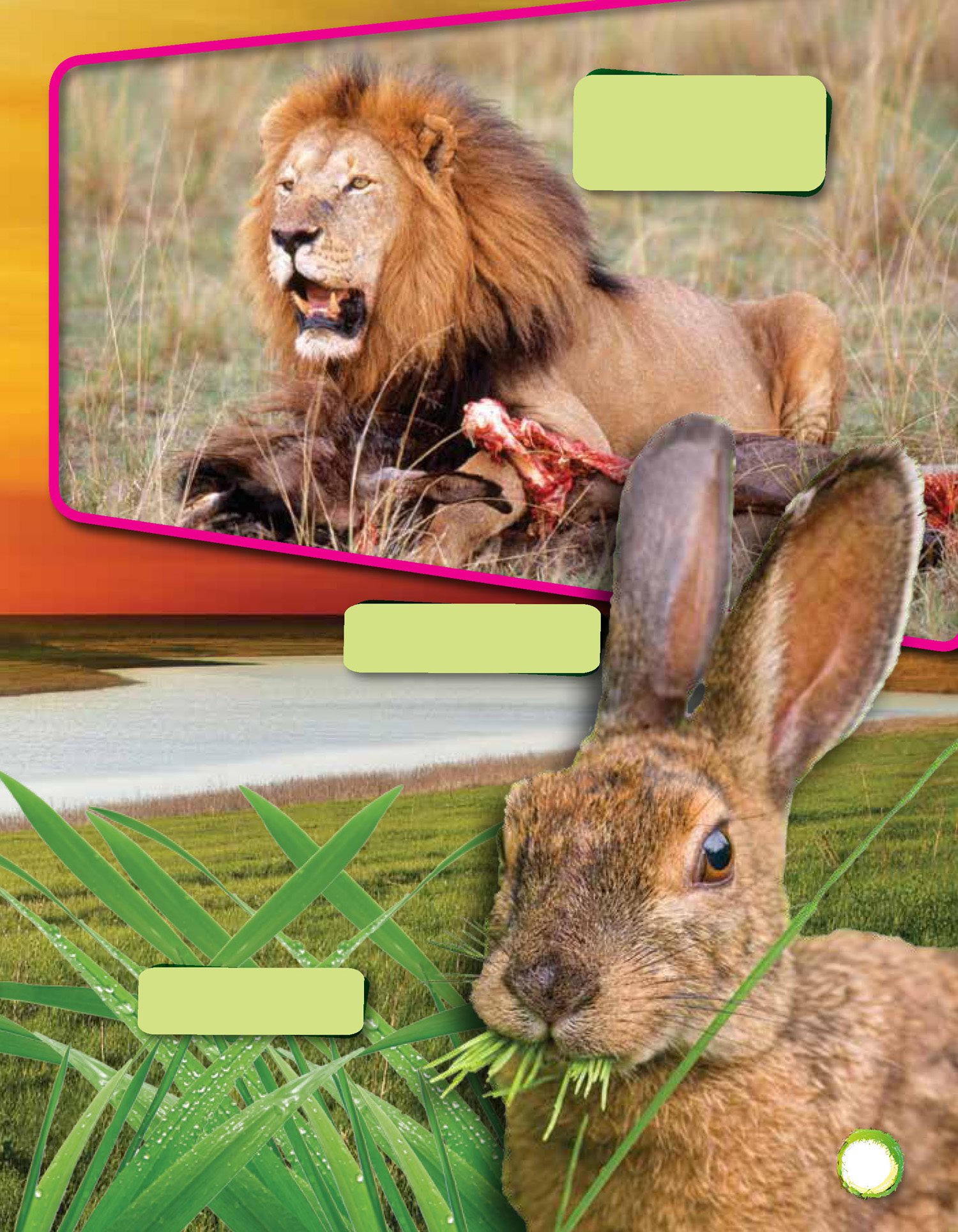W illiam B. Rice
E
cosyst ems
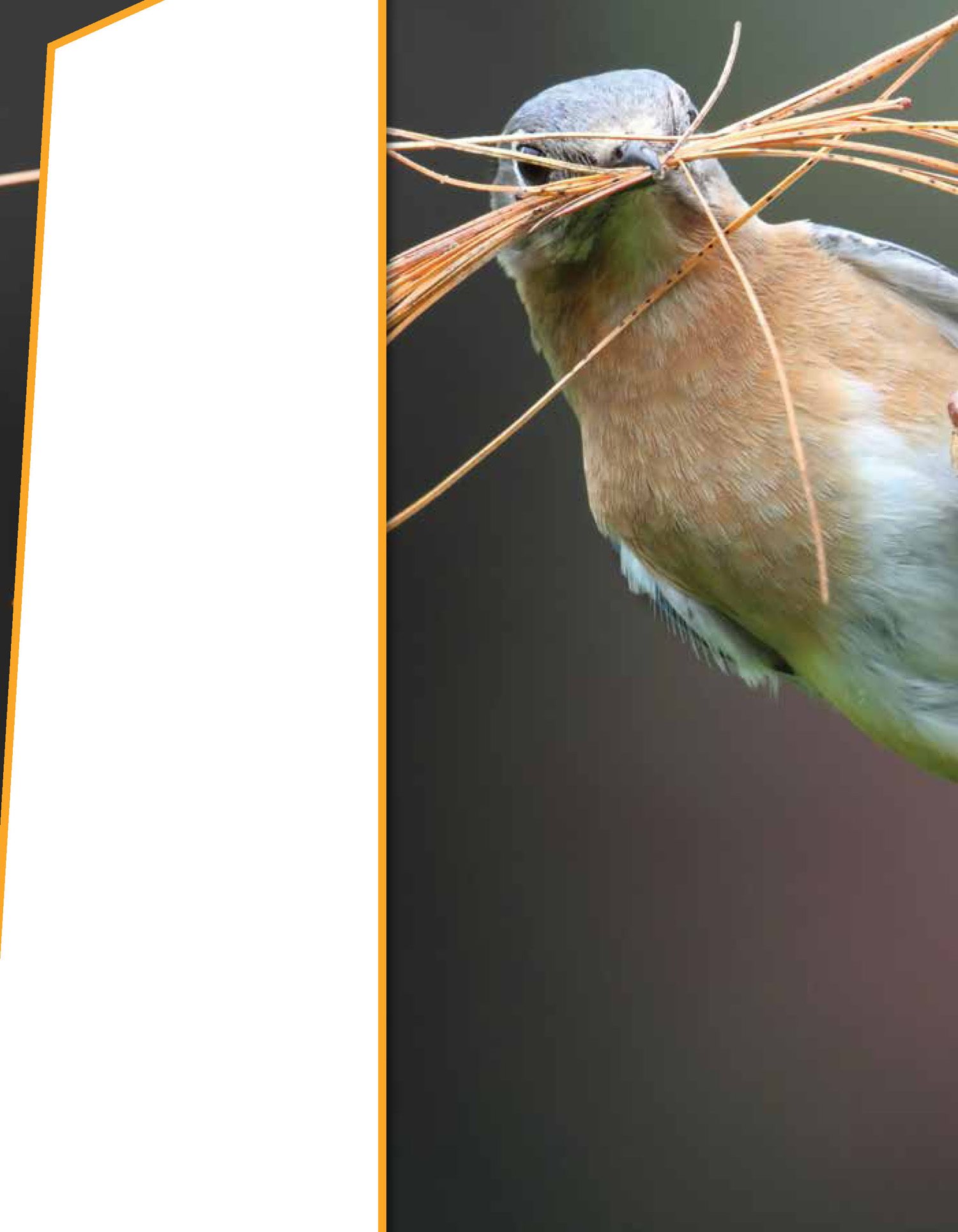
Consultants Sally Creel, Ed .D. Curriculum Consultan t Leann Iacuone, M.A.T ., NBCT , AT C Riverside Unified School Distric t Image Credits: p.9 iStoc k; p. 14 (bottom) Andrew J. Martinez/ Science Source; p .7 (top ) Douglas Fa ulkner/ Science Source; p .16 (ce nter) John Mitchell/Science Source; p. 15 (top) Len Rue , Jr. /Science Source; pp .2829 (illustrations) Janelle Bell-Mar tin; al l other images from Shutterstock. Library of Co ngress Cataloging-in-P ublication Data Rice, W illiam B. (W illiam Benjamin), 1961- author . Ecosystems / Wil liam B. Rice ; c onsultant, Sally Cre el, Ed.D., curriculum consultant, Le ann Iacuone, M.A.T ., NBCT , AT C, Ri verside Unied School District , Jill T ob in, California Tea cher of the Yea r semi-nalist, Burbank Unied School District. pages cm Summary : Living and nonliving things live together , in an ecosystem. Each thing living in the eco system relies on something else. To stay alive, all living things in an ecosystem need to liv e in balance. Can you think of an ecosystem you hav e seen? Pr ovided by publisher . Audience: K to gr ade 3. Includes index. ISBN 978-1-4807-4600-8 (pbk.) ISBN 978-1-4807-5067-8 (ebook) 1. Biotic communitiesJ uvenile literatur e. 2. EcologyJ uvenile literatur e. I. Tit le. QH541.14.R488 2015 577dc23 2014014109 Tea cher Created Mat erials 5301 Oceanus Drive Huntington Beach, CA 92649-1030 http://www. tcmpub.com eISBN 978-1-5457-0121-8 2015 T ea cher Created Mat erials, Inc.
Tab le of Con tents
Earth: The Life Planet What Does It Mean? Parts of Ecosystems Typ es of Ecosystems All T ogether Lets Do Science! Glossary Index Y our T urn!
Earth: The Li fe P
lanet
People have been all over Earth. They have been in every type of condition . They have seen every type of land. They have been in fierce heat. They have been in raging storms. They have seen land that is soggy . They have seen land that is bone dry . These emperor penguins live in freezing Antarct ica.
Every place they go, people find one thing: life. Earth is filled with life. In fact, it is the only planet we know that has life on it. Scuba divers swim deep in the oceans. Lizards enjoy the dry heat of the desert .
People study Earth and all it holds We study the land, water , and air W e have learned plants and animals are aliv e W e know th ey use both li ving an d nonliv ing things to surviv e Models help us see how things work One kind of model is a hierarchy (HAHY - uh-rahr-ke e) It ranks groups of things together In nature, it ranks from smallest to largest Nonliving Helpers Living things use nonliving things such as soil, water , air , and sunlight to survive.
This scientist studies a manatee to learn more about the ocean. This scientist tests water to see how clean it is.
Organisms Every living thing is an organism. Oak trees, ravens, spiders, raspberry bushes, mountain lions, and humans are all organisms. What groups are in the hierarch y of life? An organism is a single liv ing thing It is part of a population That is a group of other things lik e itself A population is part of a community That is all the populations in an area Communities and nonliv ing things in an area make an ecosystem (EE-koh-sis-tuhm)
organism population ecosystem community
What Does It M
ean?
Ecosystem is a big word! It is really two words in one. The first part comes from the word ecology . That is the study of living things in their home. It looks at how they use soil, water , and the sun. A lynx has long fur to keep it warm in the snow of the forests of America, Europe, and A sia.
Sea turt les live in almost every ocean in the world. Many mongooses live in burrows in A frica.
Human bodies have a syste m that gets oxyg en and nutrients to the entire body . brain heart lungs liver stomach kidneys
The second part of the word is system A system is a group of parts working together Our roads are one kind of system The human body is another kind Put the two words together A n ecosystem is every thing that liv es in a certain place It includes ho w living things use soil, water , and the sun It also includes the way liv ing things interact with one another Roads and highway s create a system for con necting cities and towns.
This sea raven eats a crab. It is a consumer .
Parts of Ecosys
tems
All liv ing things need energy Most plants get energy from the sun They u se the sun s light to make food The y also use nutrients from the soil We call plants producers They produce, or make, food on their ow n Some liv ing things get their energy from other li ving things The y eat them We call them consumers They eat, or consume, plants or animals

